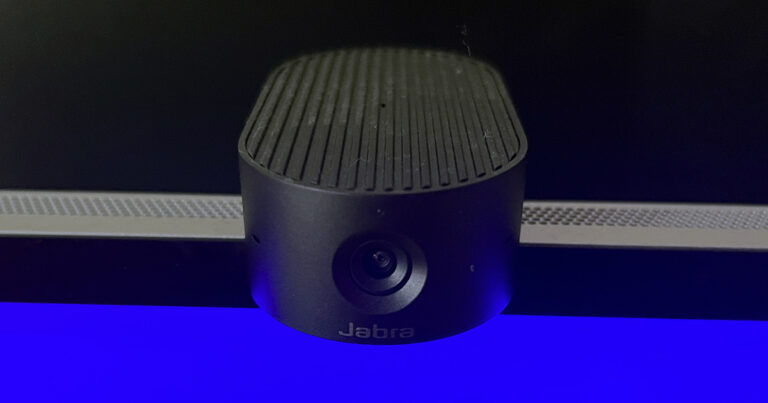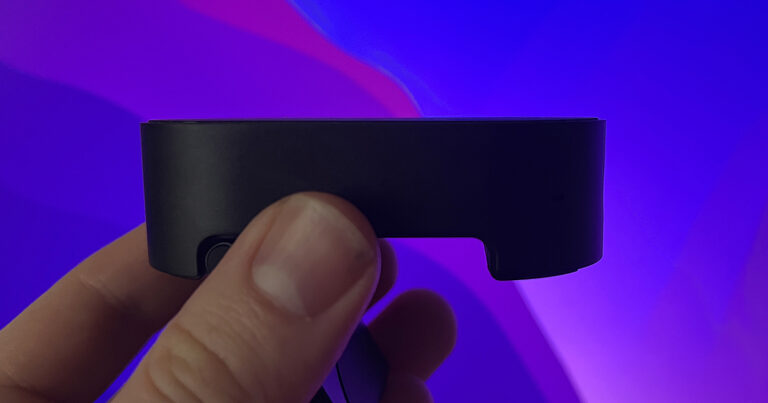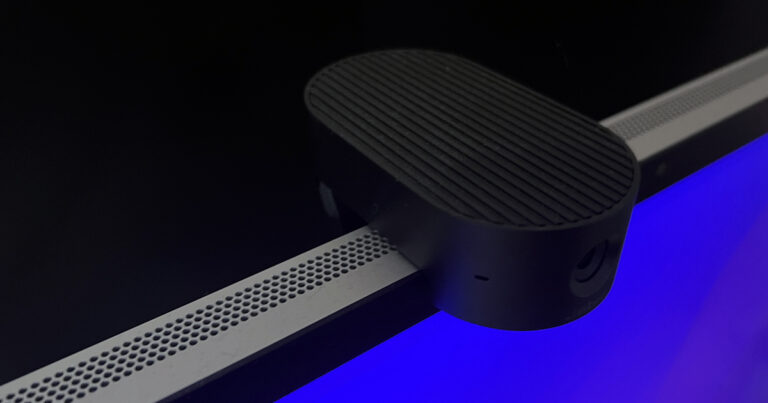Optus Mobile Review ALDI Mobile Review Amaysim Mobile Review Belong Mobile Review Circles.Life Review Vodafone Mobile Review Woolworths Mobile Review Felix Mobile Review Best iPhone Plans Best Family Mobile Plans Best Budget Smartphones Best Prepaid Plans Best SIM-Only Plans Best Plans For Kids And Teens Best Cheap Mobile Plans Telstra vs Optus Mobile Optus NBN Review Belong NBN Review Vodafone NBN Review Superloop NBN Review Aussie BB NBN Review iiNet NBN Review MyRepublic NBN Review TPG NBN Review Best NBN Satellite Plans Best NBN Alternatives Best NBN Providers Best Home Wireless Plans What is a Good NBN Speed? Test NBN Speed How to speed up your internet Optus vs Telstra Broadband ExpressVPN Review CyberGhost VPN Review NordVPN Review PureVPN Review Norton Secure VPN Review IPVanish VPN Review Windscribe VPN Review Hotspot Shield VPN Review Best cheap VPN services Best VPN for streaming Best VPNs for gaming What is a VPN? VPNs for ad-blocking This changes with the PanaCast 20, the first webcam Jabra has pitched for personal use, even if in a professional context. The PanaCast 20 is much more affordable than Jabra’s webcams specifically designed for the conference rooms - which can reach almost $2,000 - but at a retail price of $559, it’s still quite a pricey investment. What makes the PanaCast 20 standout is a bevy of functionality like automatic framing, but in coming with an “AI-enabled” webcam, Jabra has forgotten about the difference between smart and savvy. The integrated camera in my 14-inch MacBook Pro delivers much better image quality than the PanaCast 20 when faced with unideal conditions. For a $559 camera, I’d expect better. The image on the left comes from Jabra PanaCast 20, while the image on the right is from the MacBook Pro. Where it falters is when you’ve got two people in the frame. Instead of widening the frame to fit both people, the PanaCast 20 will instead ping pong and forth between the two of you. While I can see the logic in a conference room situation, it makes less sense in a camera you’re using at home. You do however have manual controls for framing the PanaCast 20, which are welcome. You can set the level of zoom and frame positioning, to line up your perfect shot if you don’t trust the AI. There are also image quality options that let you manually adjust settings like white balance brightness, HDR, saturation, and contrast. One big tick in the PanaCast 20’s favour is its tiny size. It has a pill-shaped design, which means most of the camera body is hidden behind your monitor. It’s unobstructive when you mount it. There’s also a cute little carry case for protecting the camera if you’re travelling with it. As a working from home webcam, I’d look elsewhere. But if you’re actually looking for an office webcam, the PanaCast 20 could still do the trick for a small, well-lit conference room. Its integrated microphones can pick up audio clearly even if you’re not sitting directly in front of it, and Jabra has a generous 100-day return policy, so there’s plenty of time to work out if the PanaCast 20 is right for you.






